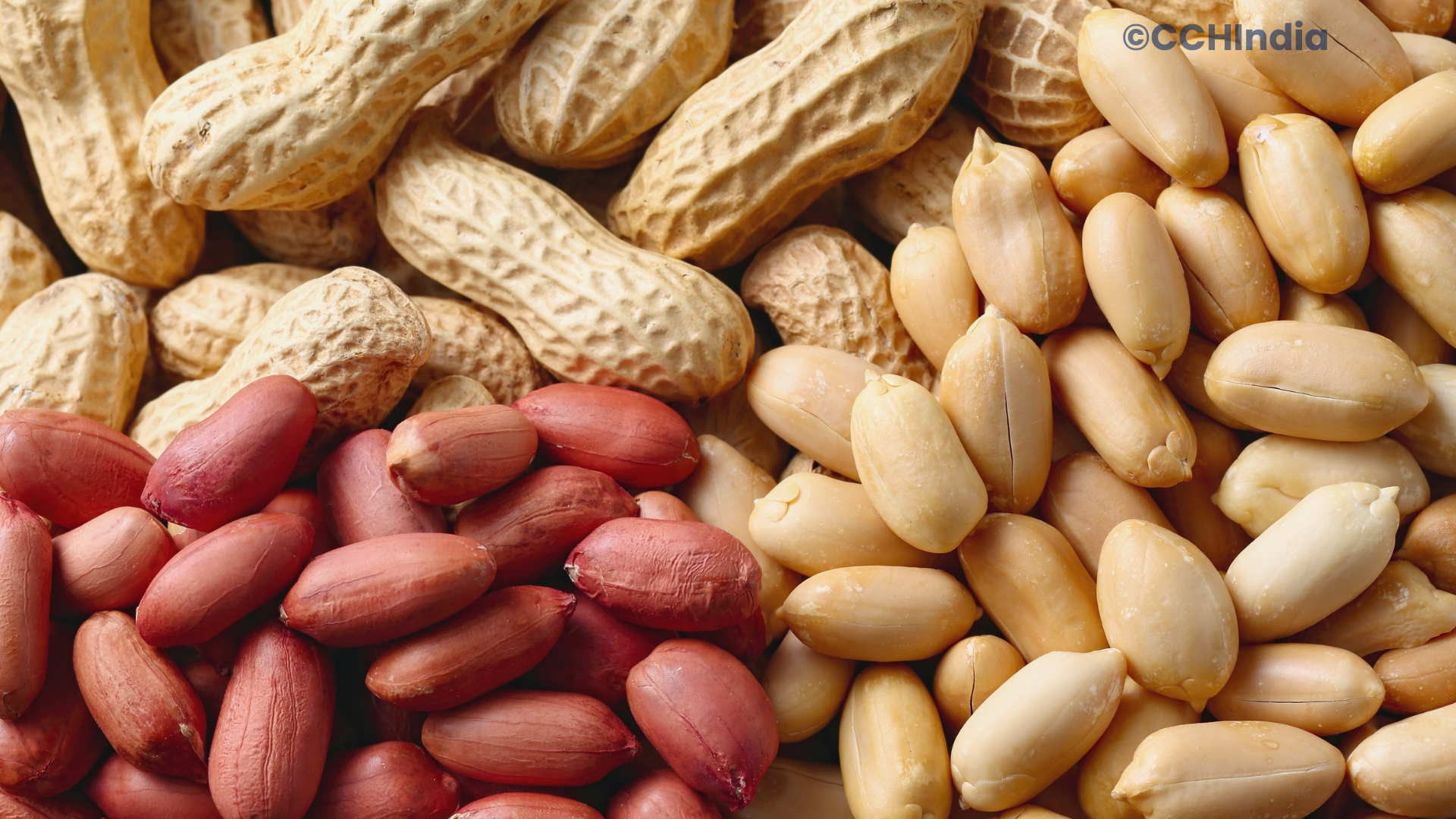The Humble Peanut: Unlocking Its Potential in Sustainable Farming and Indian Cuisine
Discover how peanuts are quietly shaping sustainable farming practices and enriching Indian kitchens, from soil health to timeless snacks.

Makhana, popularly known as Fox Nut is indigenous to India and is now widely accepted as a superfood in the global health food industry.
Makhana, also known as fox nut, which was once a staple food of the Indian household is now a global superfood. It’s rich nutrition profile has made it a much sought-after snack and / or ingredient in the health food industry. Once available for cheap prices in India is now being sold at high value with profits manifolds. India dominates the global Makhana sector with 90% of the world’s production coming from the Indian state of Bihar. The sudden rise of Makahana has helped thousands of farmers generate a profitable livelihood for themselves.
India is the world's largest exporter of Makhana with key export markets being in North America, Europe and Asia. Rapid growth in this sector can be attributed to rising health consciousness and demand for healthy snacking options.
With the promising growth trajectory comes challenges as well. Cultivation of Makhana is labour intensive job, there is lack of mechanization and technology integration, supply chains are erratic as well as profitable pricing remains volatile. Indian government has introduced robust measures to tackle these challenges, for example, establishment of Makhana Board, Geographical indication (GI) tag for Makhana from Mithila region in Bihar and various other schemes.
Makhana has been an integral part of the India household for centuries now. Up until now, that is before becoming the healthy snacking option, Makhana was traditionally consumed during fasting periods. It was also one of the main ingredients in festive dishes like kheer (pudding), prasad (religious offering) and panch amrit ( a sacred mixture, also a religious offering). Makhana, historically has been a core kitchen staple in Northern India, tracing its origin in the Mithila region of Bihar.
In Ayurveda, the Indian medicine system which focuses of herbal medicine and holistic wellness, Makhana is believed to have cold potency and can help in balancing Vata and Pitta doshas (Vata are the air and space energies and Pitta are fire and water energies governing body and mind in Ayurveda), improving digestion, enhancing vigor, acting as a natural aphrodisiac and alleviating insomnia.
Surprisingly, Makhana is also a core ingredient in the traditional Chinese medicine system known as Qian Shi. It has been used by traditional Chinese medicine practitioners for managing various health issues like strengthening of bones and Kidneys.
Makhana rapidly gained recognition as a super food due to its nutrition profile. For every 100 grams it contains 347 calories, 9.7 grams protein, 76.9 grams carbohydrates, 14.5 grams fiber, negligible fat i.e. 1-2 grams, 1.4 mg iron, 60 mg calcium, 67.2 mg magnesium, 200 mg phosphorus, 420 mg potassium. Makhana being gluten free in nature, has a huge demand for natural, plant-based nutritious food options.
Makhana has gone from a traditional staple to a global commodity. From purely cultural and religious consumption it has gone on to champion health and wellness trends. This transition has opened up immense market opportunities with international reach and higher price value realisation. Makhana has now become a stellar example of how indigenous agricultural products can be scaled to cater to modern global consumer preferences.

Discover how peanuts are quietly shaping sustainable farming practices and enriching Indian kitchens, from soil health to timeless snacks.

Soil acidification and pH balance in India is an escalating challenge that is tough to tackle, impacts productivity and environmental health. Technology (AI) driven solutions can help restore soil fertility and health reinforcing food security and sustainable farming.

मखाना, जिसे फॉक्स नट के नाम से जाना जाता है, भारत में इसकी फसल उगती है और अब वैश्विक स्वास्थ्य खाद्य (भोजन/आहार) उद्योग में इसे सुपरफूड के रूप में व्यापक रूप से स्वीकार किया जाने लगा है।

भारत खुशहाली रिपोर्ट में 126वें स्थान पर है। मानसिक स्वास्थ्य को अब भी नज़रअंदाज़ किया जाता है। क्यों? आइए समझते हैं उन वजहों को जो हमें मानसिक स्वास्थ्य से दूर कर देती हैं।

